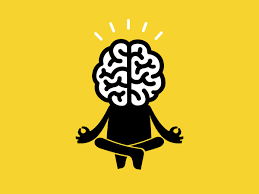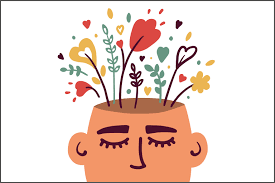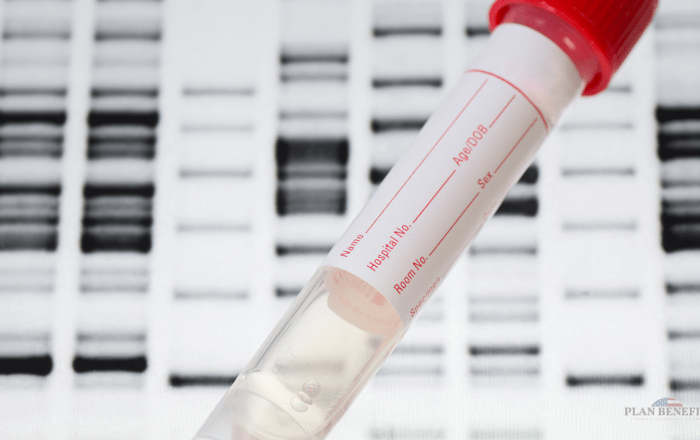
Introduction
In a world inundated with ceaseless noise, distractions, and constant demands, finding peace and tranquility can seem like a distant dream. Yet, amidst the chaos, there lies a powerful tool that can transform our lives: mindfulness. Mindfulness, often associated with meditation and Eastern philosophies, is a practice rooted in the present moment. It involves paying attention to our thoughts, feelings, and sensations without judgment. In this digital age, mindfulness offers a much-needed antidote to stress, anxiety, and burnout.
The Science Behind Mindfulness
While mindfulness may seem like a simple concept, its benefits are backed by extensive scientific research. Numerous studies have demonstrated the positive impact of mindfulness on both mental and physical health. Here are some key findings:
- Reduced Stress and Anxiety: Mindfulness helps individuals regulate their emotions and cope with stress more effectively. By focusing on the present moment, we can distance ourselves from worries about the past or future.
- Improved Mental Clarity: Mindfulness can enhance cognitive function, including attention, memory, and problem-solving skills. By training the mind to stay focused, we can improve our overall mental performance.
- Enhanced Emotional Well-being: Mindfulness can help individuals develop greater self-awareness and compassion. By understanding our emotions and accepting them without judgment, we can cultivate a sense of inner peace and well-being.
- Physical Health Benefits: Mindfulness has been linked to various physical health benefits, such as reduced blood pressure, improved sleep quality, and strengthened immune function. By reducing stress and promoting relaxation, mindfulness can have a positive impact on our overall health.
Mindfulness Practices for Everyday Life
Mindfulness doesn’t require hours of meditation in a quiet retreat. It can be incorporated into our daily lives in simple and practical ways. Here are some effective mindfulness practices:
- Mindful Breathing: Take a few moments each day to focus on your breath. Notice the sensations of the air entering and leaving your body.
- Mindful Eating: Pay attention to the taste, texture, and aroma of your food. Eat slowly and savor each bite.
- Mindful Walking: Take a mindful walk by focusing on your senses. Notice the sights, sounds, and sensations around you.
- Body Scan Meditation: Lie down or sit comfortably and gradually scan your body from head to toe, paying attention to any sensations or tension.
- Mindful Listening: When engaging in conversations, actively listen to the other person without interrupting. Focus on understanding their perspective.
Overcoming Challenges and Maintaining Mindfulness

While mindfulness can be immensely beneficial, it’s important to acknowledge that it may not be easy at first. Challenges such as racing thoughts, distractions, and feelings of frustration may arise. However, with consistent practice, these obstacles can be overcome. Here are some tips for maintaining mindfulness:
- Start Small: Begin with short mindfulness sessions and gradually increase the duration as you become more comfortable.
- Find a Supportive Community: Connect with others who practice mindfulness to share experiences and receive encouragement.
- Be Patient and Persistent: Mindfulness is a journey, not a destination. It takes time and patience to develop a regular mindfulness practice.
- Don’t Be Hard on Yourself: If your mind wanders during mindfulness practice, simply bring your attention back to the present moment.
Mindfulness in the Digital Age
In today’s technology-driven world, mindfulness can be a powerful antidote to the constant distractions and overload. Here are some strategies for incorporating mindfulness into your digital life:
- Mindful Social Media Use: Limit your time on social media and practice mindful scrolling. Pay attention to how you feel after using social media and adjust your usage accordingly.
- Digital Detox: Take regular breaks from technology to disconnect and reconnect with the present moment.
- Mindful Technology Use: When using technology, be intentional about your actions and avoid multitasking.
- Create a Digital Sanctuary: Designate a specific area in your home as a technology-free zone where you can practice mindfulness.
Conclusion
In a world that often feels overwhelming and chaotic, mindfulness offers a path to inner peace, well-being, and resilience. By cultivating the ability to be present and aware, we can reduce stress, improve our mental and physical health, and enhance our overall quality of life. Whether through meditation, mindful breathing, or incorporating mindfulness into our daily routines, the benefits of this practice are far-reaching and transformative.
Useful Resources for Mindfulness in the Workplace
Here are some links to websites and articles that provide more information on mindfulness and its benefits in the workplace:
Websites:
- Mindful: https://www.mindful.org/
- Headspace: https://www.headspace.com/
- Mindtools: https://www.mindtools.com/adzev6y/mindfulness-in-the-workplace
- Harvard Business Review: https://hbr.org/2022/12/research-when-mindfulness-does-and-doesnt-help-at-work
Articles:
- Mindful Working: The Best Practices for Bringing Mindfulness to Work: https://www.mindful.org/mindful-working-the-best-practices-for-bringing-mindfulness-to-work/
- Research: When Mindfulness Does — and Doesn’t — Help at Work: https://hbr.org/2022/12/research-when-mindfulness-does-and-doesnt-help-at-work 1. sciences.social sciences.social
- 10 Tips to Implement Mindfulness in the 2024 Workplace: https://www.wellsteps.com/blog/2023/01/02/easiest-wellness-program-for-employees/
- How To Be Mindful At Work: https://www.headspace.com/mindfulness
These resources offer valuable insights into the science and practice of mindfulness, as well as practical tips for incorporating mindfulness into your workplace.




